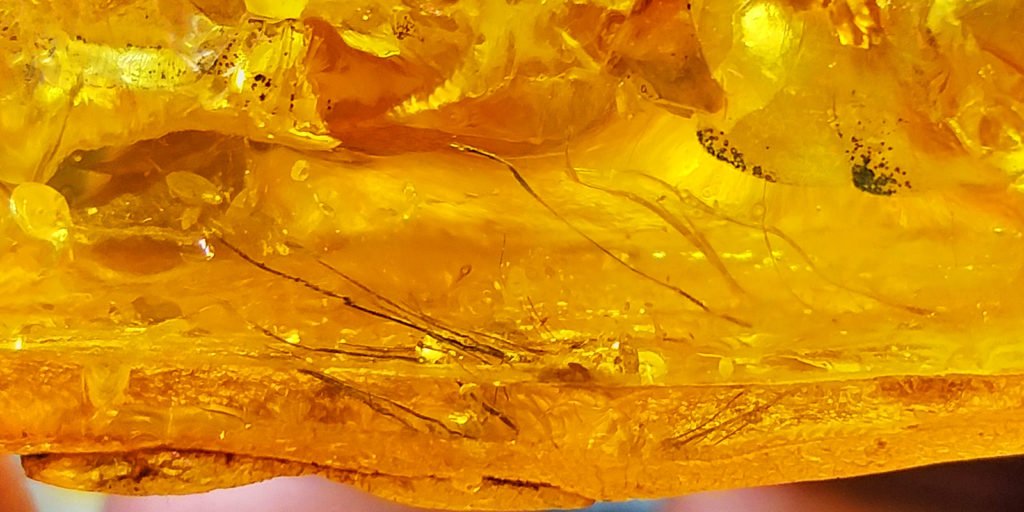The beginning – a short version
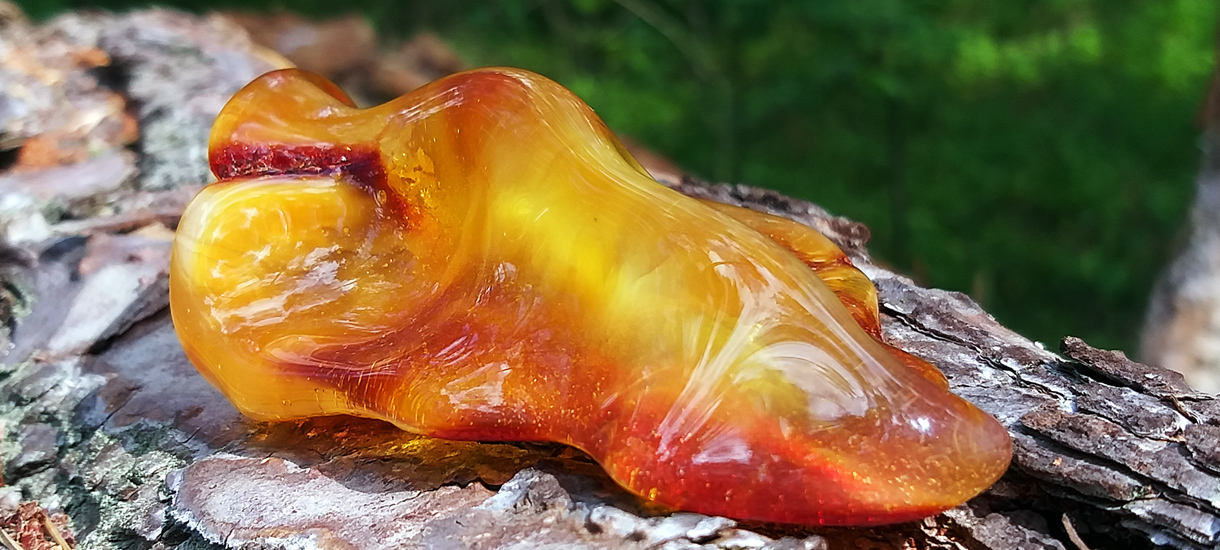
May you live in interesting times – you can hear in China when someone wants to curse you. And that’s quite right said. Unfortunately, interesting times are historically ones where a lot is happening. And where a lot is happening, let’s call it colloquially, there’s a lot of space for bad luck and accidents. And life, although full of impressions and very intense, usually belongs to the shorter ones. In this round way, usually with a smile, you can hear in Chinatown if someone wishes you to die. And you are still happy for this journey. Indeed, China is a great culture that I truly admire.
Why am I writing about that? It’s simple. The times when baltic amber was born (Eocene – 55-35mln years ago) were very interesting. A while back, from a geological point of view, something about 15 million years, a large meteorite hits the Gulf of Mexico, causing its creation and the quite rapid end of the dinosaur era. Nuclear winter caused by this event did not last so long, but the impact of the meteorite was so strong that increased tectonic plate movements in the Eocene (between 55 and 35 million years ago) were still common. And this means that both earthquakes and volcanic eruptions were everyday routine. Perhaps it is because of these difficult living conditions that some of the trees growing at that time, from southern Scandinavia in the north to the steppes of Ukraine in the south, developed the ability to outflow so big amounts of resin.
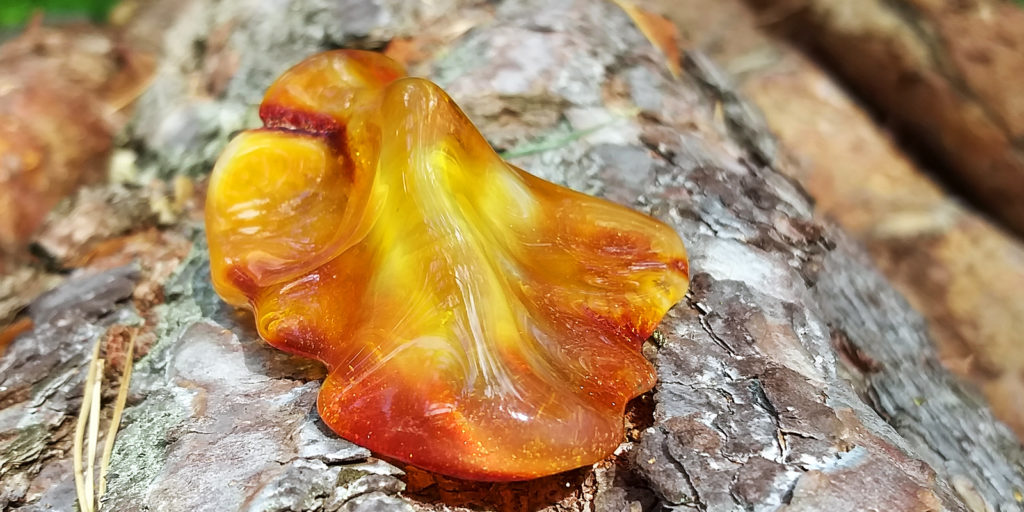
We have to talk about resin for a moment, because I often hear mistaken opinions on this subject. Resin is not a sap. Sap flow almost all the time in the trunks from roots to leaves, providing the tree with all the substances it needs to live. Resin appears only when the tree is injured and its task is to protect the wounded area from external threats. That threat can be various insects, for which live wood, not protected by bark, is a great opportunity for a free feast, or a big sale on the real estate market. For the same reasons, larger animals or fungi are a threat. Also as a threat you can take adverse weather conditions such as violent storms, hurricane winds or acid rain after volcanic eruptions. So there is a lot of it. And how many had to be when ambers were born? It’s hard to imagine the amount of injuries, if in the whole area I mentioned, we come across the deposits of amber counted in tonnes in the geological layers of that period.
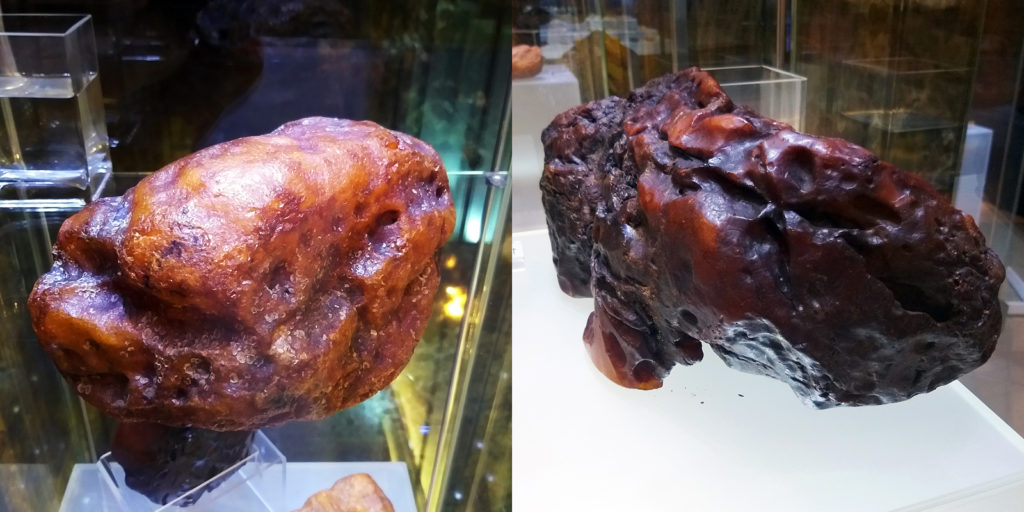
And the trees? The largest amber nuggets found had a few kilos in weight, so how big those trees had to be? At that time, tropical conditions prevailed in these areas, so Mother Nature could go nuts with size a little. We know that these trees were huge and rather coniferous. Perhaps the size of today’s redwoods but with a trunk structure more similar to baobabs. Till today, there is no definite proof of what specific species of tree our ambers gave birth to. There are at least a few candidates and the most frequently mentioned in the literature are those from the family of larch trees and pine trees. However, I am more inclined to the version that there must have been several of these species at once. Firstly, because Baltic amber does not have a homogeneous chemical composition, and the content of individual elements and chemical compounds can fluctuate within a dozen or so percent. Secondly, during processing, I come across ambers that differ a lot in color. They are always in shade of a honey, but their color ranges from almost colorless to juicy orange. And last but not least, the range of scents. Although always oscillating in resinous tones, is also very wide, from very light, almost lemon – floral to heavy, musky – incense.
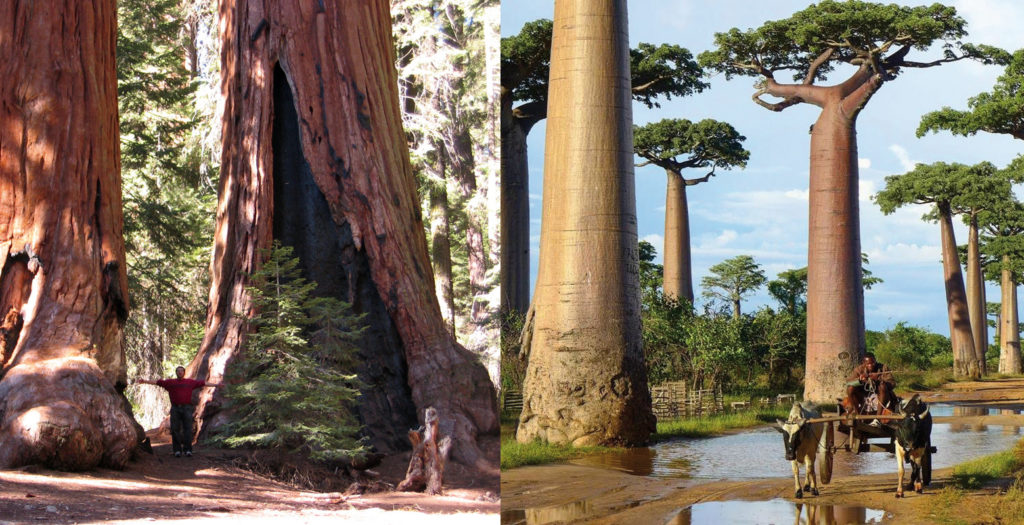
So we know very little, actually. And all of these are just theories, which are still in change. But what, in fact, should we expect from such a distant past? We can only admit that we are very lucky that we did not live in such interesting times. We can also be glad that large lizards were already roaming mainly in “the happy hunting ground” at that time. Thanks to this, mammals during this period could gain an advantage on land, which ultimately led to the fact that today you can freely read those words. By the way, I have in my collection amber with inclusion of a sunken mammal hair. I like to imagine that it was some very distant grand grand ancestor, who accidentally sticked to a fresh resin when he were flitting between the shattered trees.
